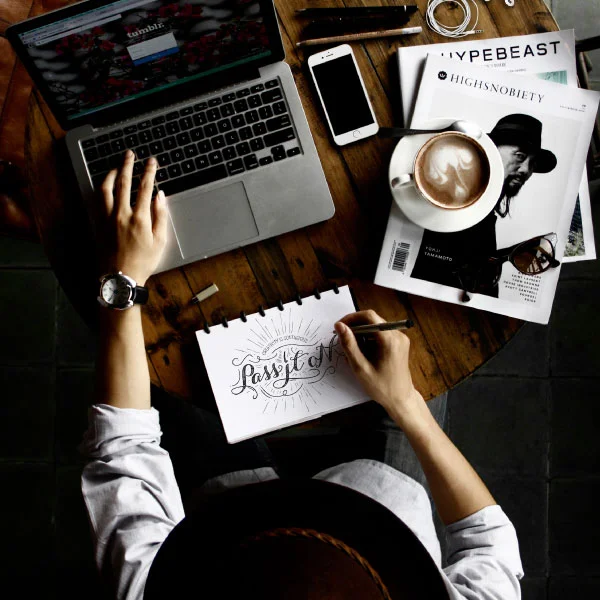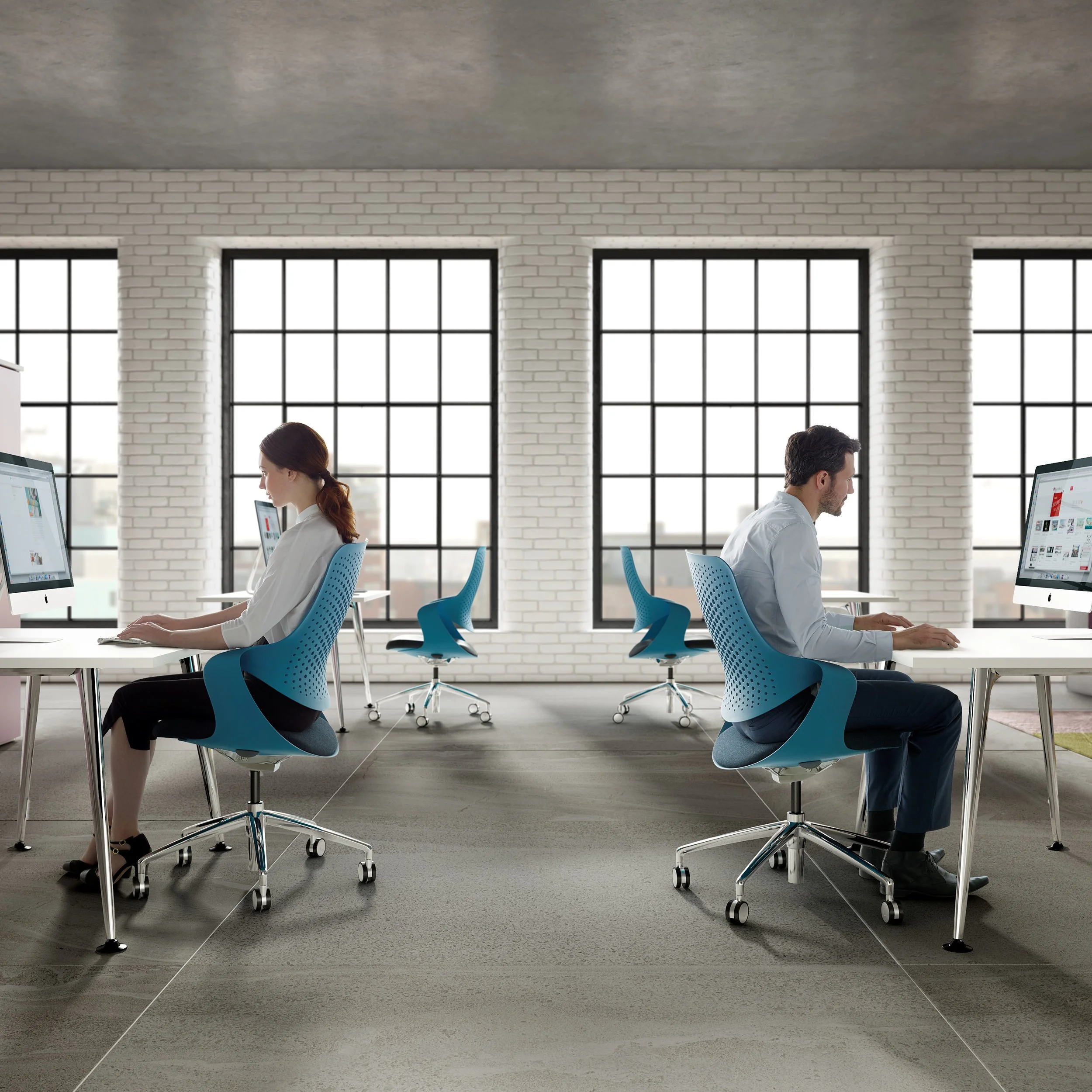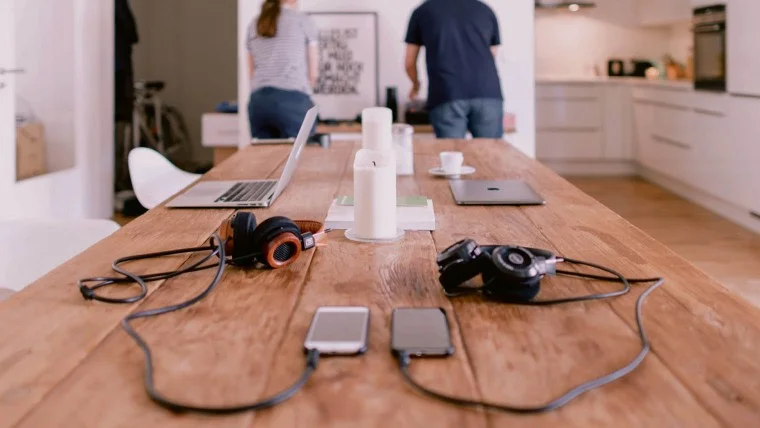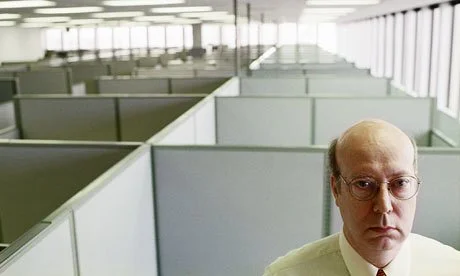The workplace has evolved exponentially over the past decade, from large, uniform workstations and offices to efficient open plans and auxiliary areas. Technology has advanced from desktop computers and landlines, to laptops, and mobile apps. Innovation in technology has driven an increase in employees’ productivity and efficiency, and innovation in design has strategically followed.
However, effective and engaging workplace design doesn’t stop with a response to technological and real estate needs. It must go further, supporting the creation and integration of a company’s culture, brand identity, and overall community.

























